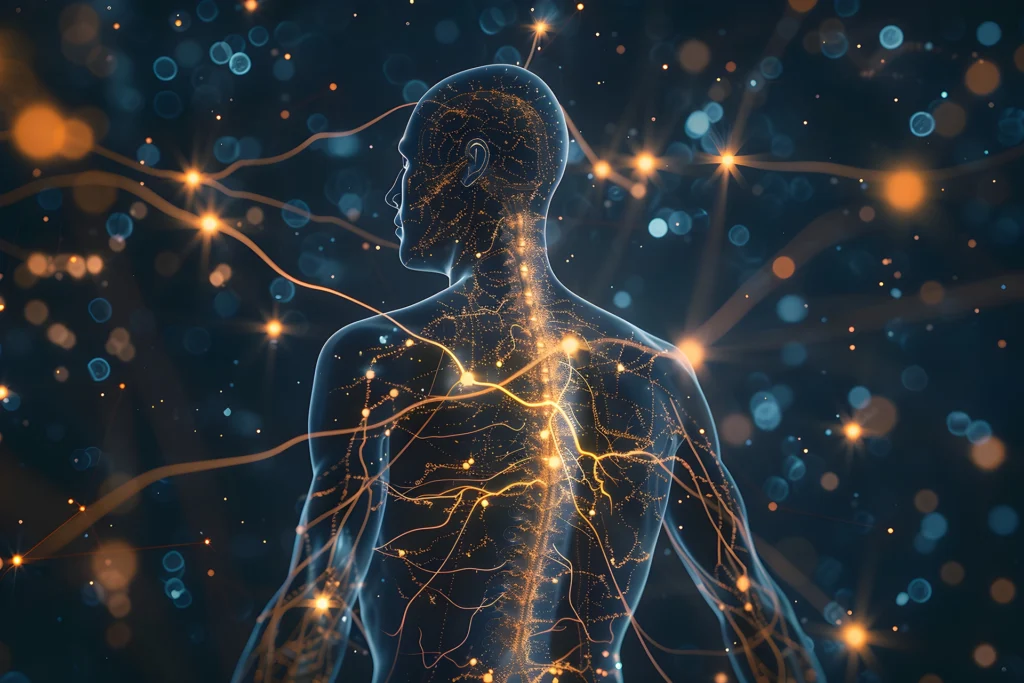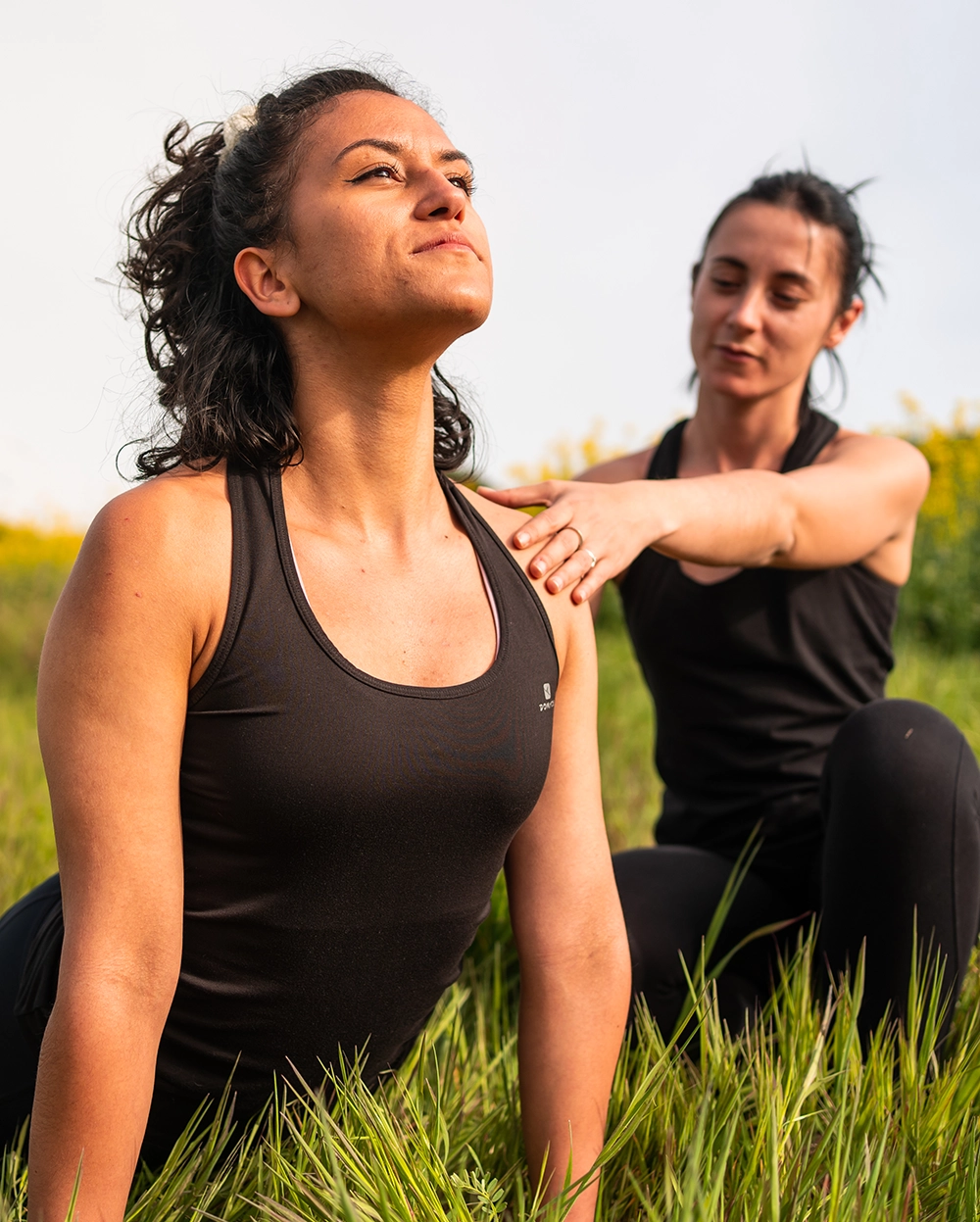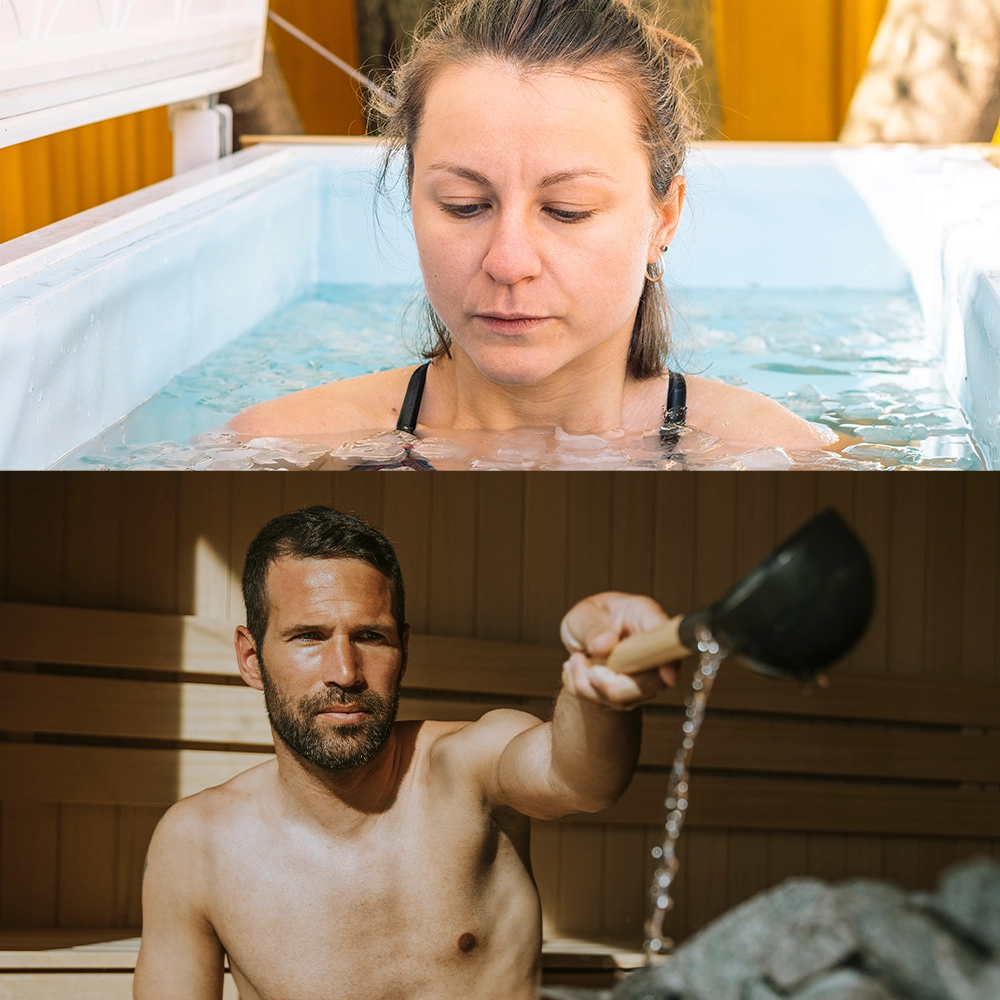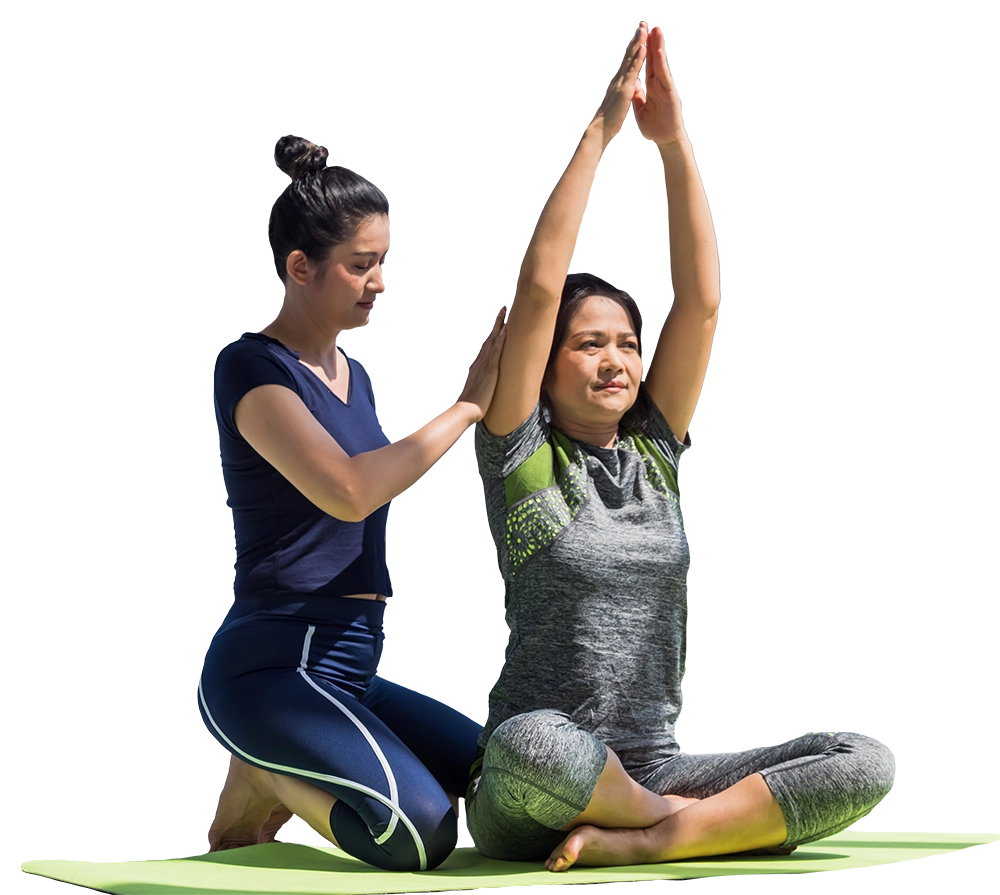Training
Optimising the Nervous System for Better Training and Recovery Outcomes

While physical systems like the musculoskeletal, endocrine, immune, and circulatory systems play crucial roles in performance and recovery, they all operate under the influence and regulation of the nervous system. Hence, gaining insights into the nervous system – particularly the Central Nervous System (CNS), Autonomic Nervous System (ANS), and Enteric Nervous System (ENS) – is essential for achieving optimal results in training or rehabilitation programs.
Nervous System as the Master Regulator
In terms of athletic performance, the Nervous System (NS) is the most dominant of the body’s systems, as it orchestrates responses and adaptation by dictating how the rest of the body systems function and react to load or stress. This means, that performance and recovery cannot be optimised without addressing the state and functioning of the NS.
In recent years, the increasing availability of technology has significantly expanded our ability to assess nervous system health. Tools like HRV (Heart Rate Variability) tracking – available via devices such as the Whoop band or the Oura Ring – and cognitive performance platforms like SOMA NPT, have provided a window into autonomic function and overall NS readiness.
Heart Rate Variability (HRV) as a Nervous System Health Indicator
Heart Rate Variability (HRV) is a key indicator of autonomic nervous system health. High HRV signals readiness and recovery; low HRV reflects fatigue and higher injury risk. For coaches and therapists, monitoring HRV and adjusting training or recovery accordingly is essential to avoid setbacks and enhance performance outcomes.
Hacking the Nervous System
Once the importance of the nervous system is accepted, the next logical step is to learn how to manipulate or ‘hack’ it for better performance and recovery. Here are three simple, cost-effective methods to positively influence the nervous system:
Breathing Techniques
Breathing is described as one of the most accessible and effective tools for NS regulation. Breathing techniques can alter whether the body is in a sympathetic (fight or flight) or parasympathetic (rest and digest) state. The inhalation phase is driven by the sympathetic system, while exhalation is driven by the parasympathetic system. By modulating the length and focus of breaths – particularly emphasising long, controlled exhalations – individuals can promote calmness, enhance muscle release, and improve HRV.
The uses of breathing techniques to help performance are varied and easy to apply. For example, focussing on long slow outbreaths while stretching or doing trigger point therapy will help release tone or tension in the muscle; similarly, using breathing drills before workouts can help clients reach an optimal state of readiness, which can also enhance performance.


Thermal Stress: Cold and Heat Exposure
The use of thermal extremes – like ice baths and saunas – is another way to enhance NS performance. Cold exposure, as popularised by Wim Hof, serves not only to reduce inflammation but also to build resilience within the ANS by training the body to cope with stress. These adaptations often lead to improved sleep, mood, and recovery.
Likewise, saunas have been shown to positively impact blood pressure, organ function, and HRV. When used together, cold immersion, heat exposure, and breathwork form a potent trio for nervous system regulation and physical restoration.
Sleep Optimisation
Sleep is described as the most vital recovery strategy available. Quality sleep is tightly linked to NS recovery, and poor sleep often reflects and worsens nervous system dysfunction. The use of sleep tracking devices can help identify patterns and test interventions – such as pre-sleep breathing routines, saunas, or cold exposure – that enhance sleep quality.
Avoiding screen-time for at least 90 minutes prior to bedtime is also recommended, as digital stimulation can disrupt nervous system relaxation and sleep cycles.

Training Pitfalls That Affect the Nervous System
Common training mistakes can sabotage nervous system function. One such issue is training to failure which, although popular, may be detrimental if done repeatedly. The nervous system remembers and adapts to these moments of failure, activating protective responses that, over time, may inhibit performance. This is linked to the concept of the ‘chimp brain’ – a term used to describe the primitive, automatic part of the brain that controls basic survival functions and autonomic responses. If this part of the brain senses repeated threats (like excessive fatigue), it may shut down effort early, to prevent damage.
Another key point is nervous system fatigue. Unlike muscular fatigue, it’s often harder to detect but can drastically affect performance. Symptoms include poor sleep, reduced HRV, blunted heart rate response during exercise, and mood changes. Strategies to counteract NS fatigue include the tools mentioned earlier, as well as smart program design – especially incorporating periodic de-load or recovery weeks.
Final Thoughts
The concept that the nervous system is central to human performance and recovery is an important one to grasp. For any trainer, coach or therapist, gaining a working knowledge of how to monitor, support, and manipulate the nervous system is invaluable. Implementing simple strategies – like breathwork, thermal therapies, sleep modification, and proper training periodisation – can substantially improve the effectiveness of training and rehabilitation programs.
In essence, optimising nervous system function isn’t a luxury – it’s a necessity. By paying close attention to NS cues and applying proven tools, fitness professionals can help clients train smarter, recover better, and perform at higher levels with reduced risk of injury.


Victor Popov
Victor is one of Australia’s leading sports physiotherapists with over 40 years of experience working in elite sport. He has worked with numerous Australian and International sporting teams and World and Olympic champions in helping them achieve their performance goals. This includes the Australian Olympic Team, Brisbane Lions AFL Team, British Cycling and Swimming teams, and the Russian Olympic Team, Robbie McEwen, Stuart O’Grady, Suzi O’Neil, Sam Riley and Shane Watson. Victor has created an online education platform to help share his neural engagement, therapy and training ideas and experience, and he has been a consultant to OnFit Training College for many years in the professional development space.